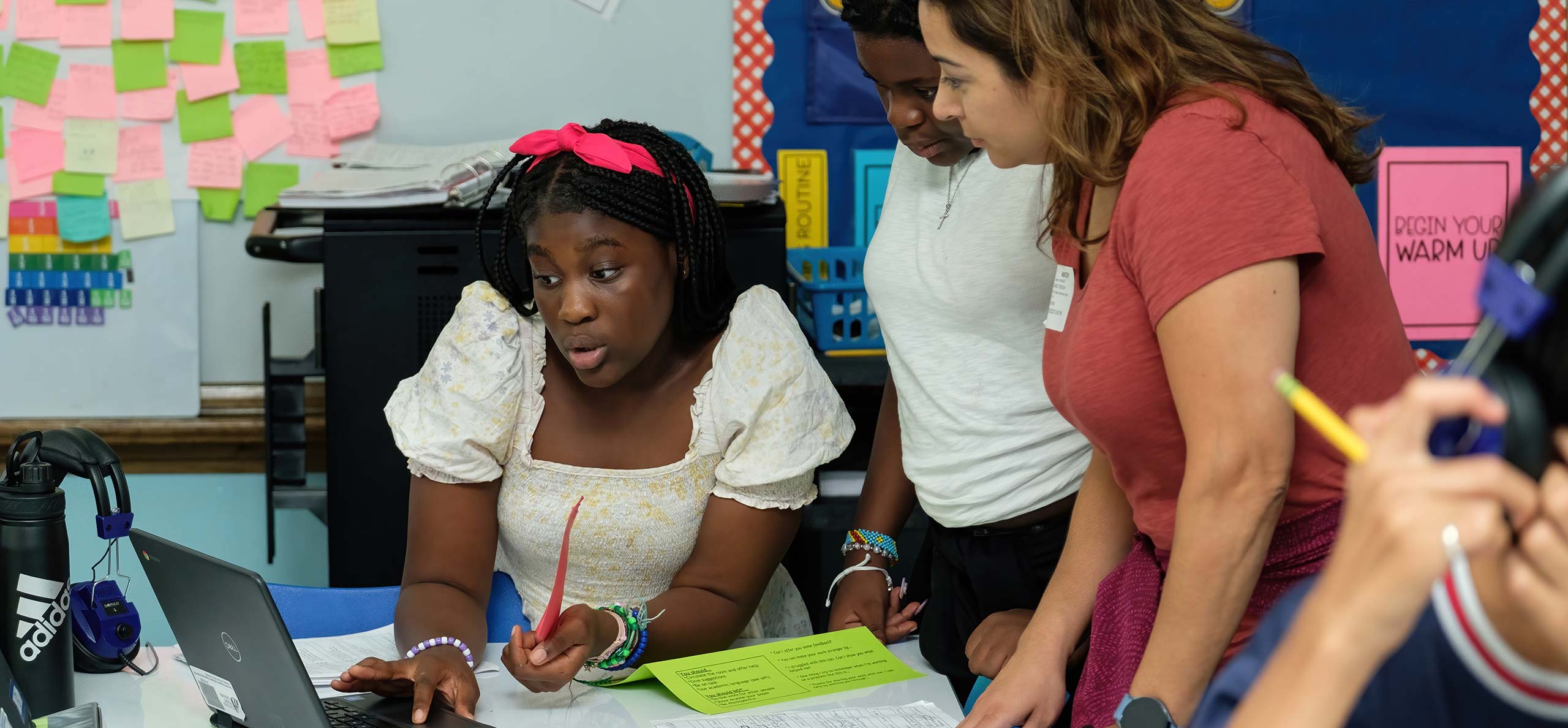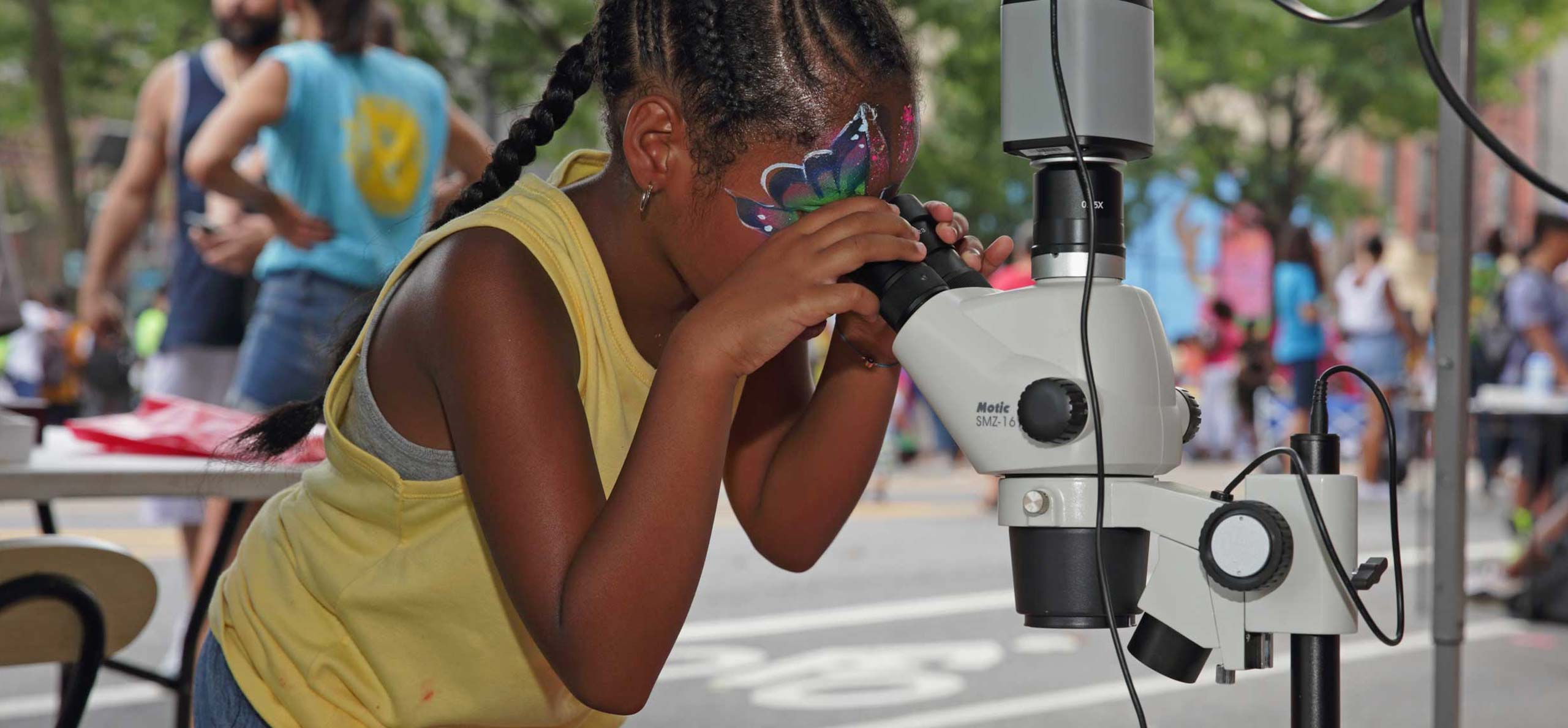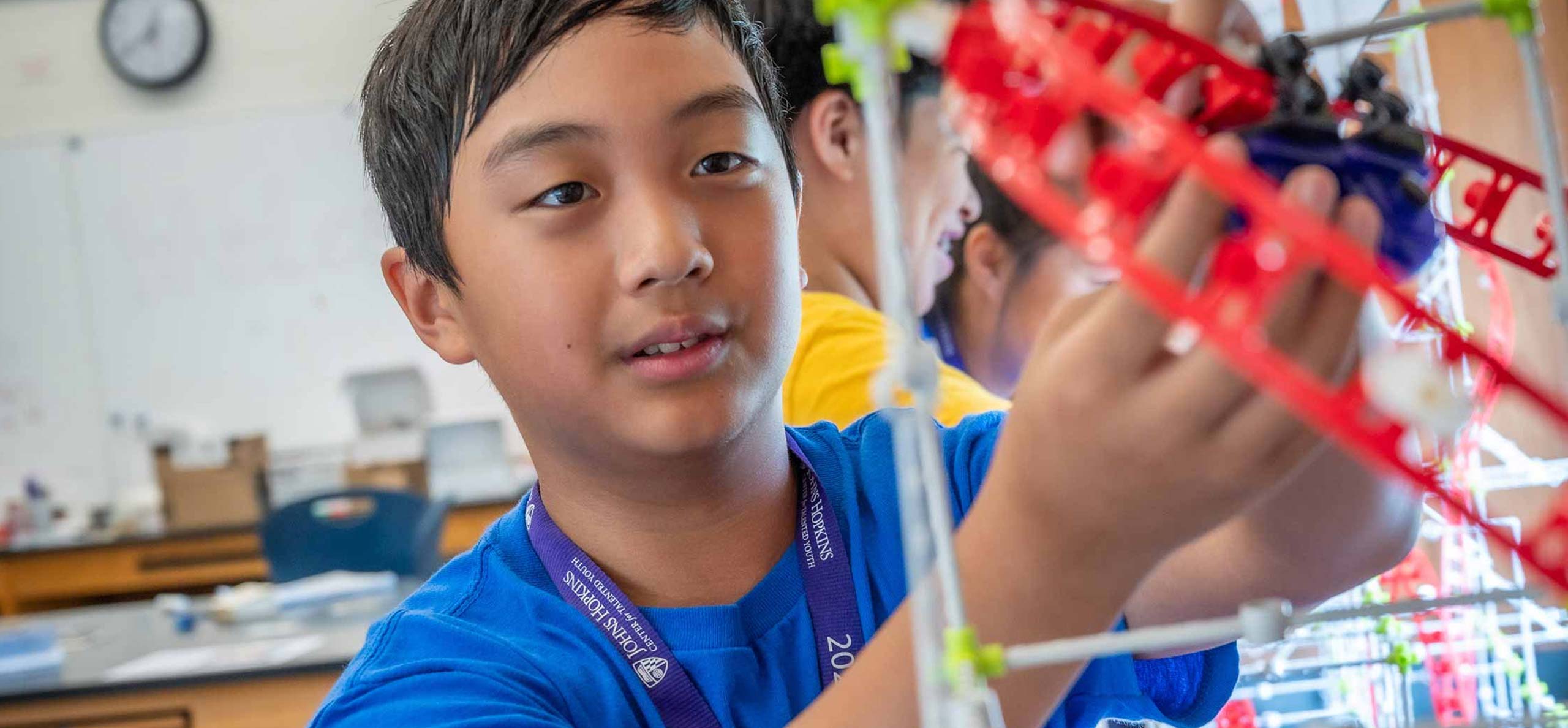Letter from Our Executive Director
Friends and colleagues,
It’s my honor to welcome you to Overdeck Family Foundation’s 2024 Grantmaking & Impact Report, our fourth annual celebration of grantee successes and advancements.
In this report, we highlight how our grantmaking and strategic support helped our nonprofit partners develop exciting prototypes and innovative practices, engage in field-building research, and achieve growth in 2024. These stories are complemented by insights from the founders at the forefront of this work and the beneficiaries on the ground whose lives and learning experiences have been transformed as a result.
Looking back on this past year, I’m struck by the resilience we witnessed across the Pre-K-12 education sector as we collectively navigated how to best meet the increasingly complex needs of students, educators, and families. I’m extremely proud of my team’s ability to flexibly navigate and adapt to a constantly shifting landscape—a theme you’ll also see later on—and am endlessly inspired by our grantee partners who persevered to accelerate improvement in key academic and socioemotional outcomes for children despite obstacles in their way.
Through the ups and downs, there were pockets of brilliance, entrepreneurship, and impact that continued to give me hope and reaffirmed the importance of this work at a time when it’s needed more than ever. It stands to reason that 2024 was our largest grantmaking year since the Foundation’s inception: we disbursed $63.5 million to 106 grantee partners, collectively reaching approximately 75 million children nationwide, many of whom received support from more than one grantee. Here’s a glimpse at what our funding accomplished:
- 39 prototypes and 20 early stage organizations funded;
- 21 validation and research studies completed;
- Three grantees increased Every Student Succeeds Act (ESSA) tiers, with 13 meeting Tier 1 and Tier 2 evidence standards;
- 29 grantees increased reach and 21 increased earned revenue year-over-year;
- 41 grantee organizational skills strengthened with capacity-building support provided by the Foundation, such as impact evaluation, financial stability, and strategic growth; and
- $67.8 million in public and private funding attracted by grantees with support from the Foundation.

Where We Made Progress
There’s no denying that 2024 was a time of continued turbulence in the education sector. Student disengagement remains high, with one in four, or even more, students considered chronically absent during SY 2022-23, and inconsistent progress in SY 2023-24. Teachers feel undervalued, leading to decreased job satisfaction and the potential for greater attrition in the profession. High costs coupled with ongoing staffing challenges continue to plague the out-of-school time and early childhood sectors, increasing programming and childcare costs, without always improving quality. And nationwide, despite millions of dollars invested in learning recovery, students are still struggling to catch up academically: the National Center for Education Statistics School Pulse survey revealed that 40 percent of public school K-12 students were behind grade level at the start of SY 2024-25 in at least one academic subject and ongoing challenges with implementation and meeting recommended dosage thresholds continue to limit the potential for student impact. With the deadline to allocate ESSER dollars behind us, closing this gap may be even more difficult.
Yet there were many exciting milestones this past year, both for our grantee partners and our Foundation, which have laid the groundwork for our plans in the months ahead. As you’ll see in our video highlights, our team’s agility allowed us to spearhead timely efforts to address some of these critical challenges, ranging from providing capacity-building supports to help grantees navigate a tightening fiscal climate to becoming a leading funder and voice on ways to address chronic absenteeism through research, interventions, and resources. We also explored the potential of generative artificial intelligence (genAI) to improve education, making over $13 million in commitments to organizations building, scaling, or researching AI-powered interventions and programs.
As promised in our last report, our team doubled down on our commitment to unlocking evidence, with 10 validation studies and 11 research studies launched in 2024—a substantial increase from two studies launched in 2023. In July, we announced $900,000 to support research focused on identifying which features of genAI tools show the potential to improve teacher quality and student learning. And, recognizing the growing threat chronic absenteeism presented to learning outcomes, in August we invested $1 million to support five studies designed to produce research that informs the work of policymakers and practitioners with the aim of increasing student attendance.

Opportunities Ahead
Progress is rarely linear, and while we’ve accomplished a significant amount this past year, there is much work to be done. As we look ahead to 2025, we will continue pushing forward on the course we’ve charted while prioritizing the following:
- Fostering innovation and organizational sustainability in a post-ESSER era, maximizing grantees’ ability to support students, families, and educators;
- Examining, and ultimately aiming to improve, implementation and dosage across grantees in an effort to ensure all children receive the full benefits of evidence-based programs;
- Continuing to invest in AI-powered interventions and research on those interventions, specifically in the areas of improving non-student-facing workflows, formative assessments, content personalization, and accessibility;
- Supporting solutions to address chronic absenteeism, while committing to uplifting bright spots of schools, districts, and states from across the country that are making meaningful progress to increase student attendance; and
- Whenever possible, celebrate progress made toward improved student engagement and learning, while recognizing there’s also much to learn from efforts that do not have the intended success.

Accomplishing all of this will take continued agility and responsiveness, something I have realized over the past 11 years is not only essential to impactful philanthropy, but is also what sets us apart from less flexible entities. I am confident in one thing: the education landscape will remain dynamic and foundations like ours have a responsibility and opportunity to take risks, fund innovation, develop evidence, and seek out opportunities for catalytic impact to improve the lives of millions of children nationwide.
I’ll close as I always do with a note on the power of gratitude, which I’ve found myself reflecting on in recent weeks. As I shared in an all-staff memo a few weeks ago, “The science of gratitude isn’t just feel-good rhetoric. It’s a proven pathway to increased resilience, deeper satisfaction, and sustained hope—qualities that have never been more critical in our work.” I will forever be grateful to the Foundation’s leadership for their profound and unwavering belief in our mission, my team for their genuine commitment to this work and another incredible year, and our grantees for measurably enhancing education both inside and outside the classroom.
Sincerely,
